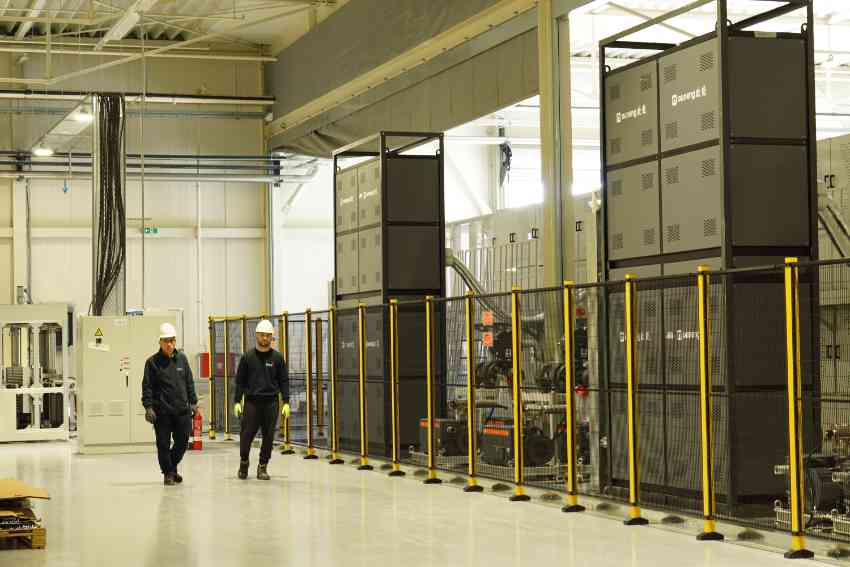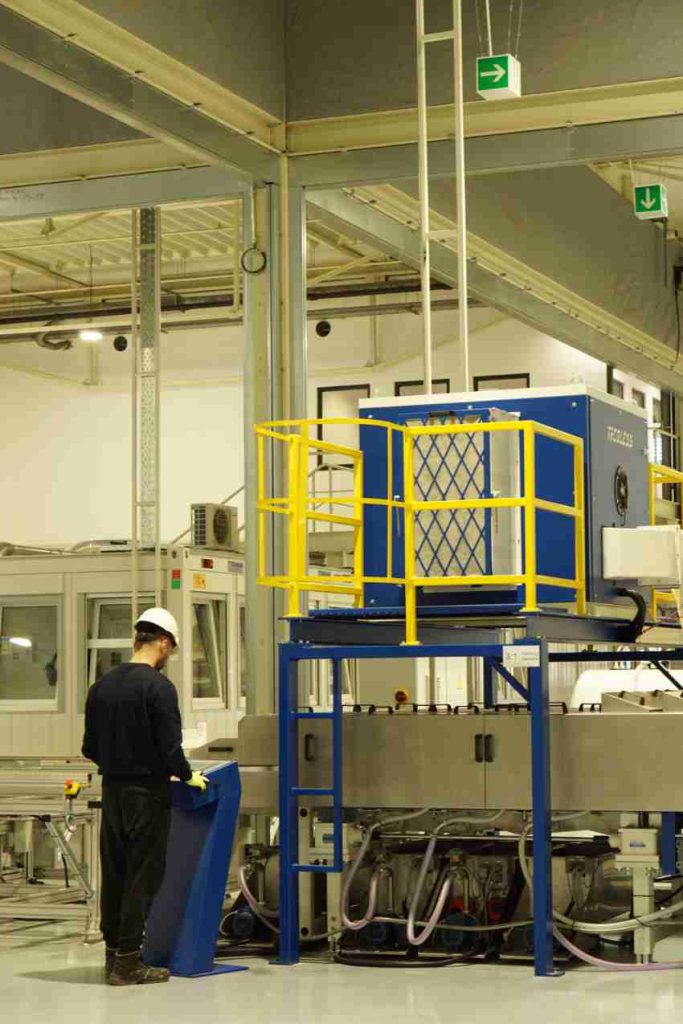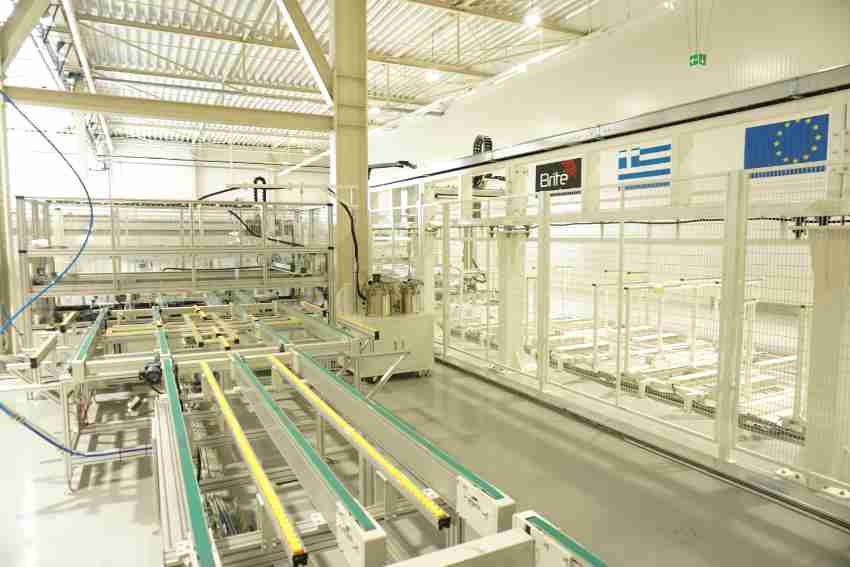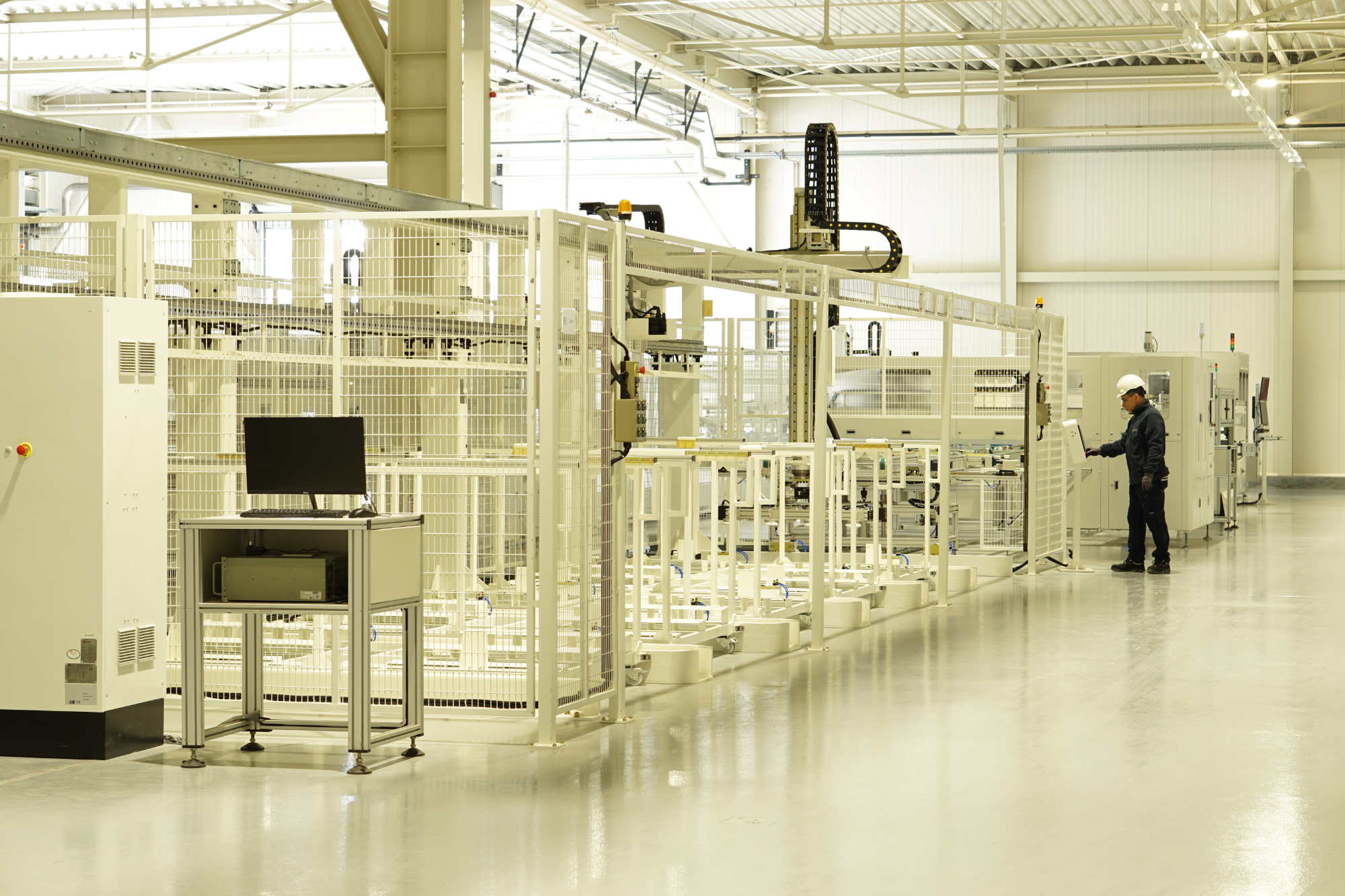Brite is a nanotechnology company based in Greece. Brite’s vision is to make a distinct contribution to a more sustainable world by developing unique technologies. In order to achieve this, the company is leveraging nanotechnology for the introduction of products that facilitate the increase of renewable energy generation and the improvement of energy efficiency.
Interview with Nick Kanopoulos, CEO of Brite.
What are the main areas of activity of the company?
Nick Kanopoulos: The core expertise of Brite is the development of functional nanomaterials that can be deposited on glass substrates by means of inkjet printing, a fast, precise, scalable, and economic manufacturing process. Around this base idea, Brite has been developing two distinct technologies, targeting completely different applications:
- Photovoltaic modules with special spectrum-shifting and anti-reflective coatings made specifically for agricultural applications.
- Electrochromic glass for promoting energy efficiency in the built environment through the reduction of cooling demand in buildings.
Agrivoltaism entails the combined use of land for the simultaneous cultivation of crops and generation of solar energy as a means of resolving land-use competition between them in a world that is urgently in need of a massive expansion of renewable energy generation capacity but must also feed a growing population under increasing pressures on agriculture from climate change.
Brite’s position is that agrivoltaics should expand renewable energy generation but maintain agricultural productivity as the top priority, not sacrifice it in favor of energy. To this end, it promotes the use of semi-transparent PV modules, both in highly productive glass greenhouses and in protective structures for crops cultivated on open fields; the latter can provide protection against adverse weather conditions to a variety of crops, while also integrating solar energy generation. For this application, coated semi-transparent PV panels can ensure a better light distribution between crops and solar cells so as to allow the best possible efficiency for both land functions.

What’s the news about new products/services?
N.K: Use of semi-transparent PV modules designed and manufactured in such a way that their surface is only partially covered with PV cells, thus creating transparent spaces within each module for light to reach the plants underneath them.
Brite has developed semi-transparent modules specifically designed for APV applications through the use of Luminescent Solar Concentrator (LSC) technology. Special coatings of nanostructured materials that can be deposited on a glass substrate by means of inkjet printing have been developed by the company, operating as luminescent layers that absorb light only on a specific part of the spectrum (e.g., ultraviolet) and re-emit it in selected regions of the visible spectrum. The spectrum regions where the absorbed light gets re-emitted can be selected so as to serve distinct aims, namely, either boosting solar cell efficiency by offering additional usable light for conversion to electricity or offering additional Photosynthetically Active Radiation (PAR) to the crops so as to compensate for their partial shadowing by the APV system. The developed semi-transparent PV modules coated with LSC materials will thus not only produce electric energy but will also shift UV radiation, which is of no value to either solar cells or plant photosynthetic activity, to the blue, green, and red regions of the visible spectrum (Fig. 1), where it can be used to boost solar cell efficiency (blue, red) and photosynthetic activity (red, blue, green).
Another measure that can have a positive impact on light management by the PV module and moves beyond the SoA in PV technology today is the utilisation of low-cost, high-performance antireflective coatings (ARCs) for increased light transmittance, also an area where Brite is actively developing its own materials for inkjet deposition on glass.
ARCs can increase light transmission and reduce glare in a diverse range of glass applications, such as PV modules, horticultural glass, architectural and automotive glass, and displays.

What are the ranges of products/services?
N.K: The products currently offered by Brite are nanocoated semitransparent solar modules for Agri-PV applications. These products have different transparency levels to accommodate different crops farmed in different geographies. The products have been installed in more than 10 different countries and over various crops farmed in both greenhouses and open field cultivations.
What is the state of the market where you are currently active?
N.K: The Agri-PV market is a new one but is rapidly growing due to the need for dual use of land and legislative initiatives that promote sustainable farming and preservation of farm land. Many EU countries institute a legal framework that includes incentives for dual use of land for both farming and energy production. Agri-PV adds a third very important dimension which is rain water management. This is a critical sustainability factor for food growth since agriculture consumes 70% of water globally for crop irrigation.

What can you tell us about market trends?
N.K: The market trend is the adoption of Agri-PV and its transition from pilot projects to wide scale adoption in large farming operations.
What are the most innovative products/services marketed?
N.K: The most innovative products we market at the moment are nanocoated, semitransparent Agri-PV modules. We currently completed a manufacturing facility in Greece with a capacity to make 150MWp of such products.
What estimations do you have for the beginning of 2025?
N.K: We forecast the deployment of more than 20MWp of Agri-PV panels from our manufacturing facility in Greece for 2025.


